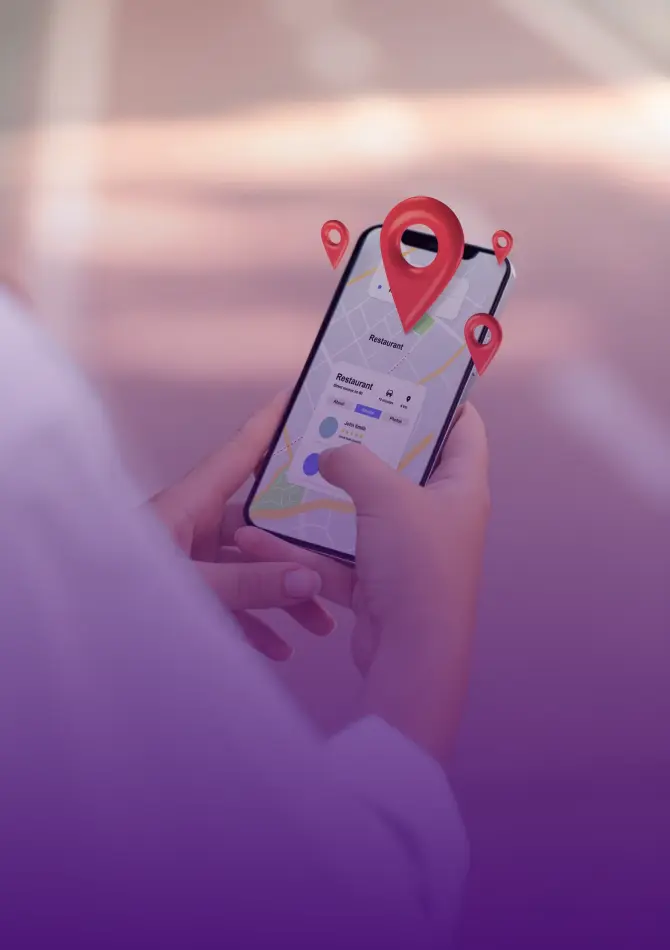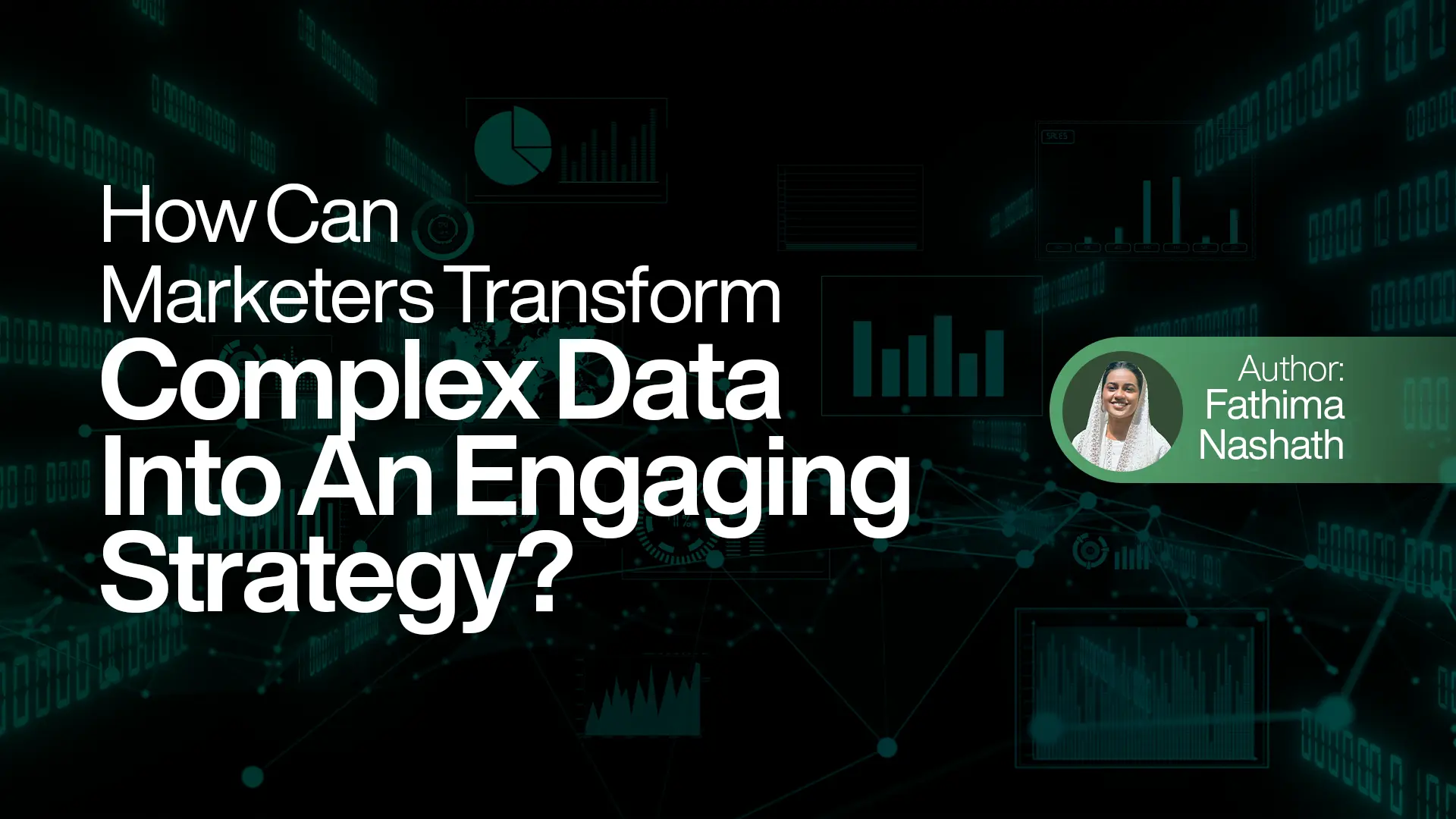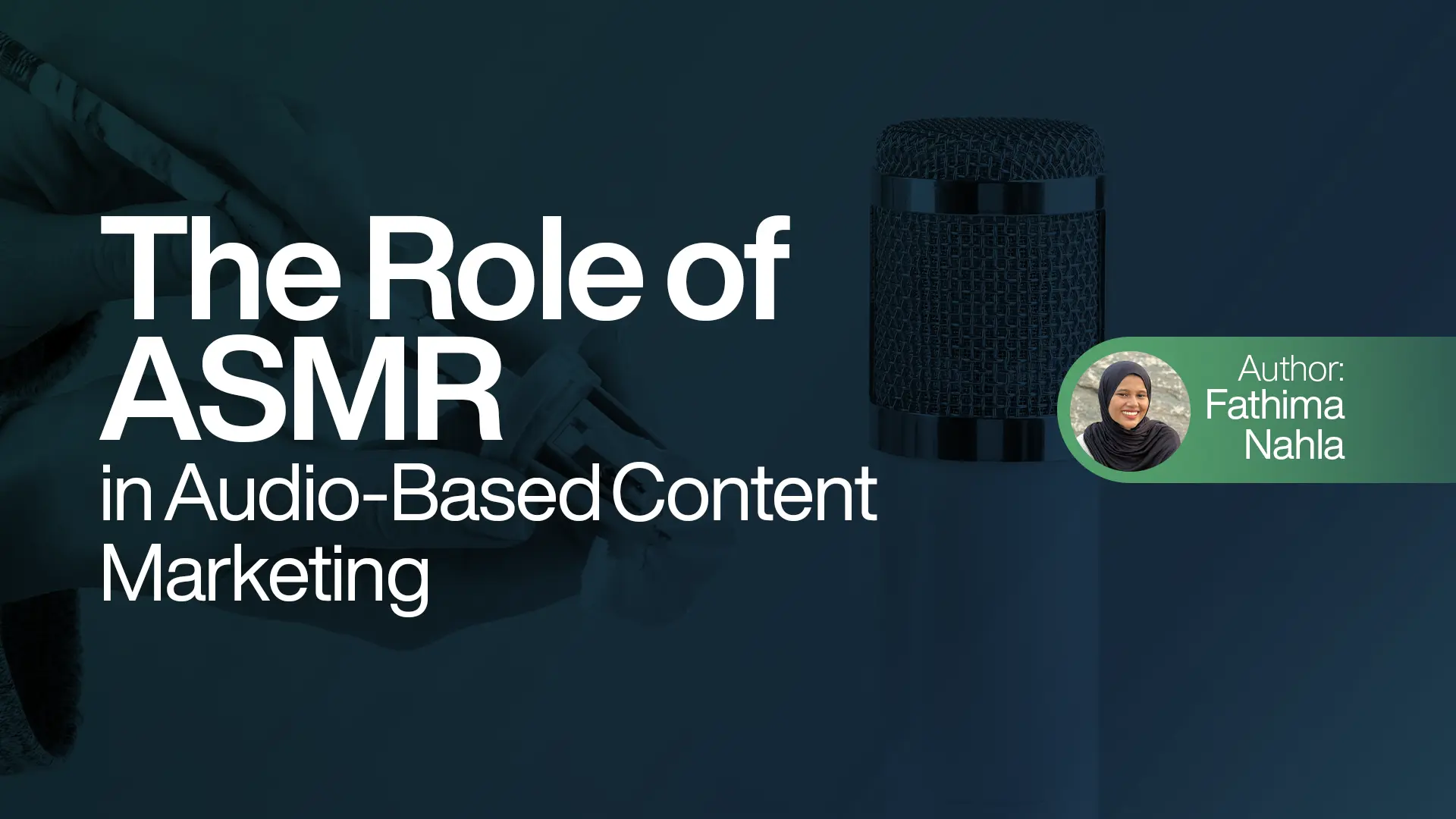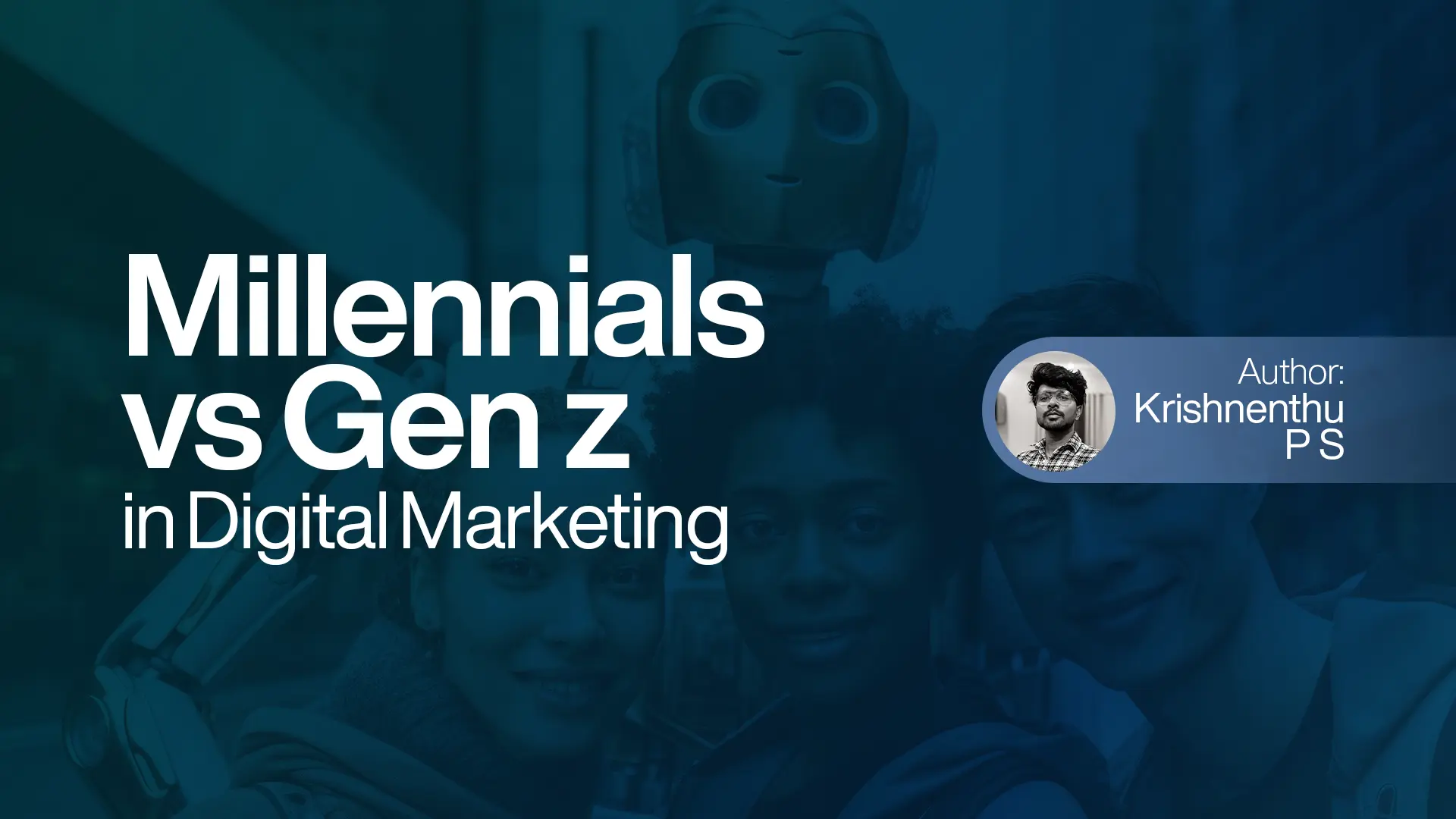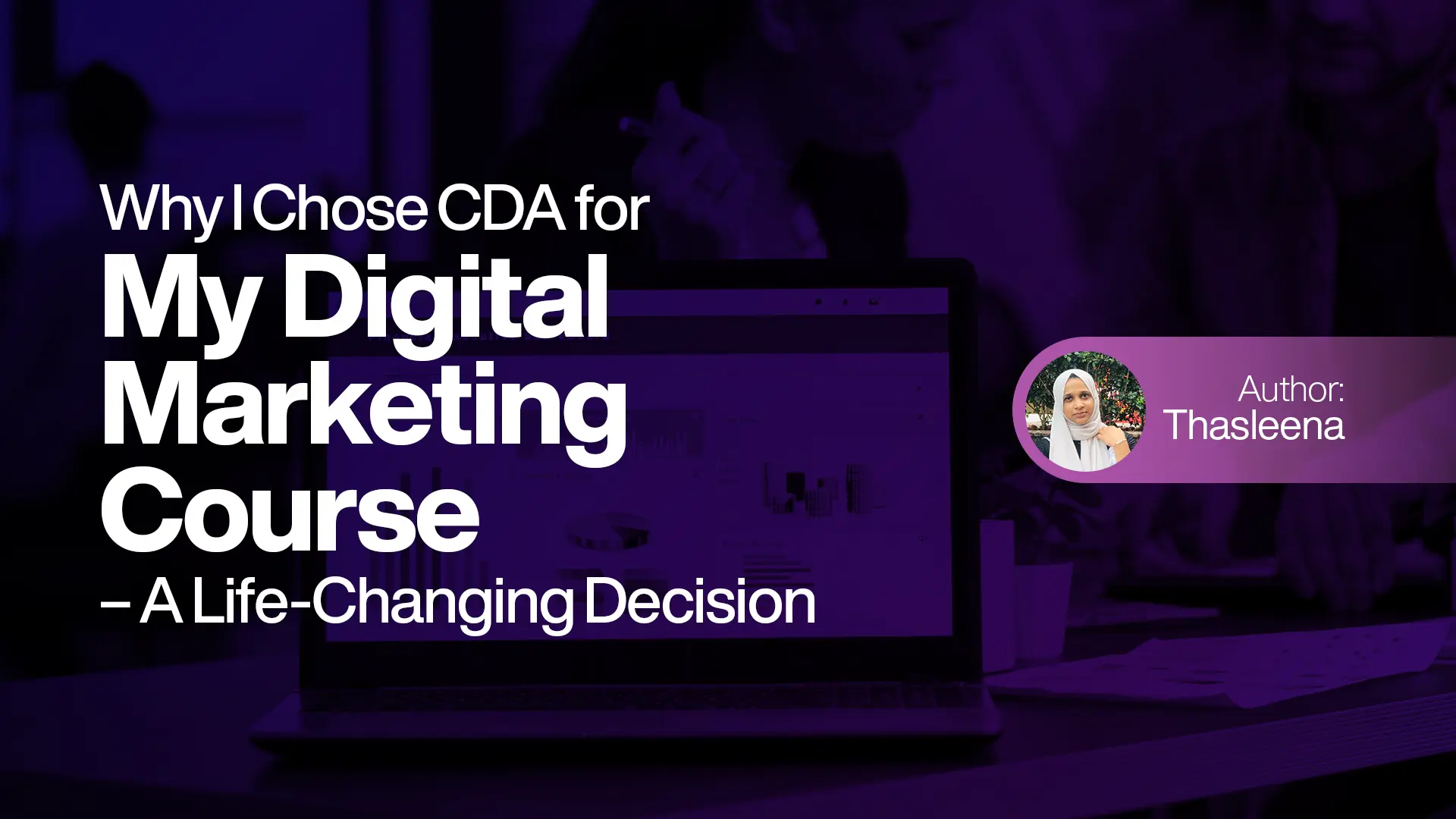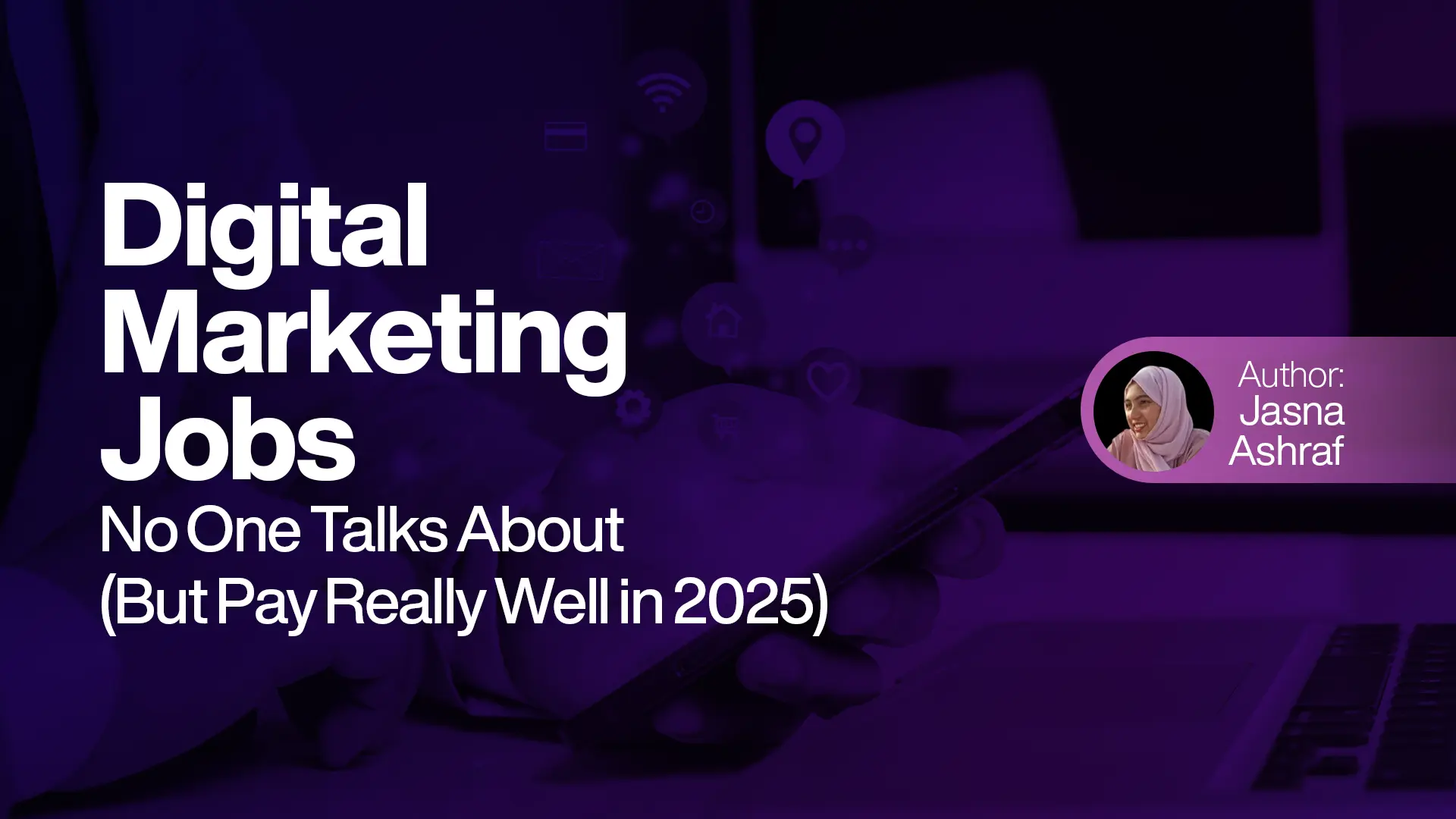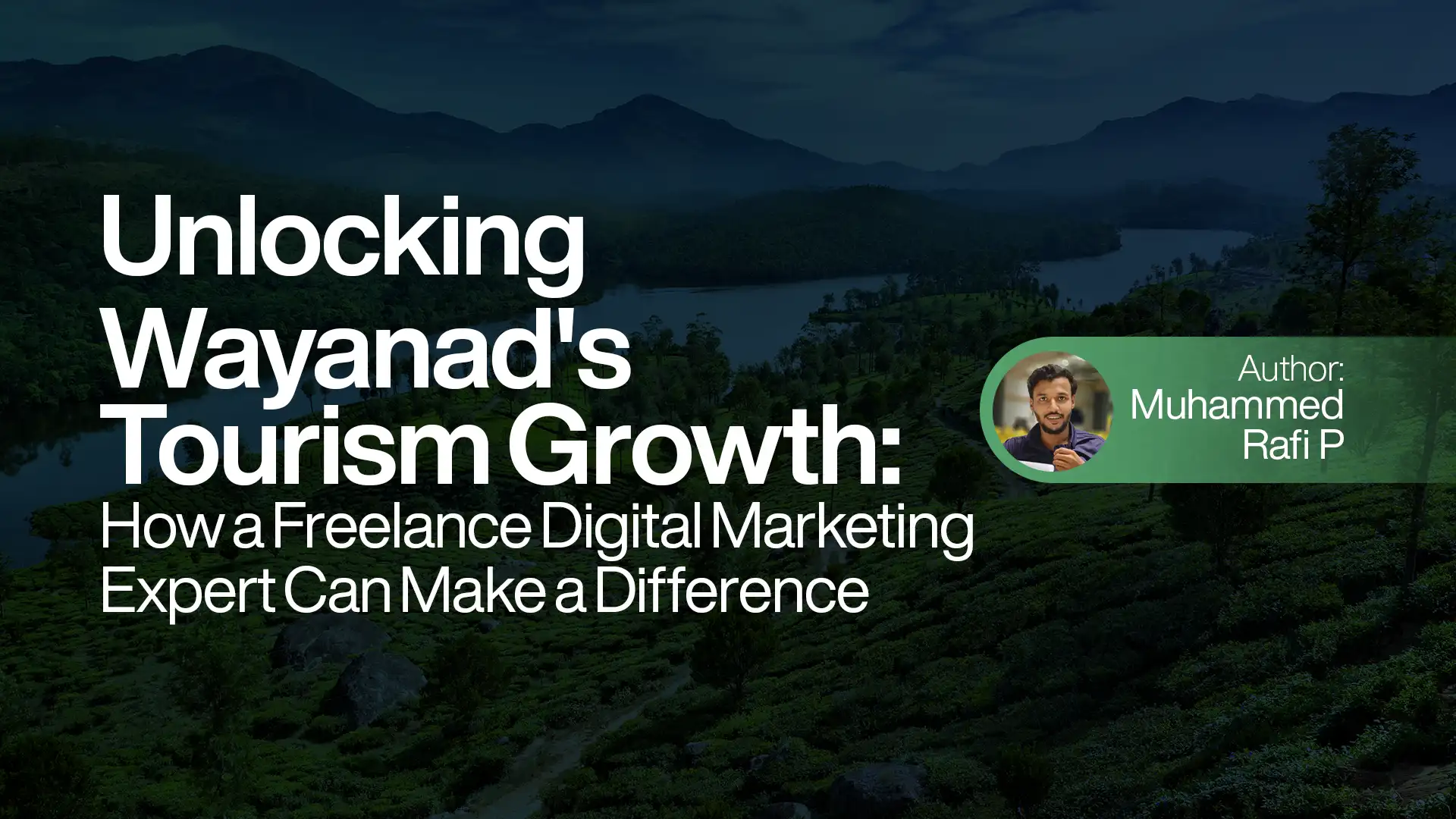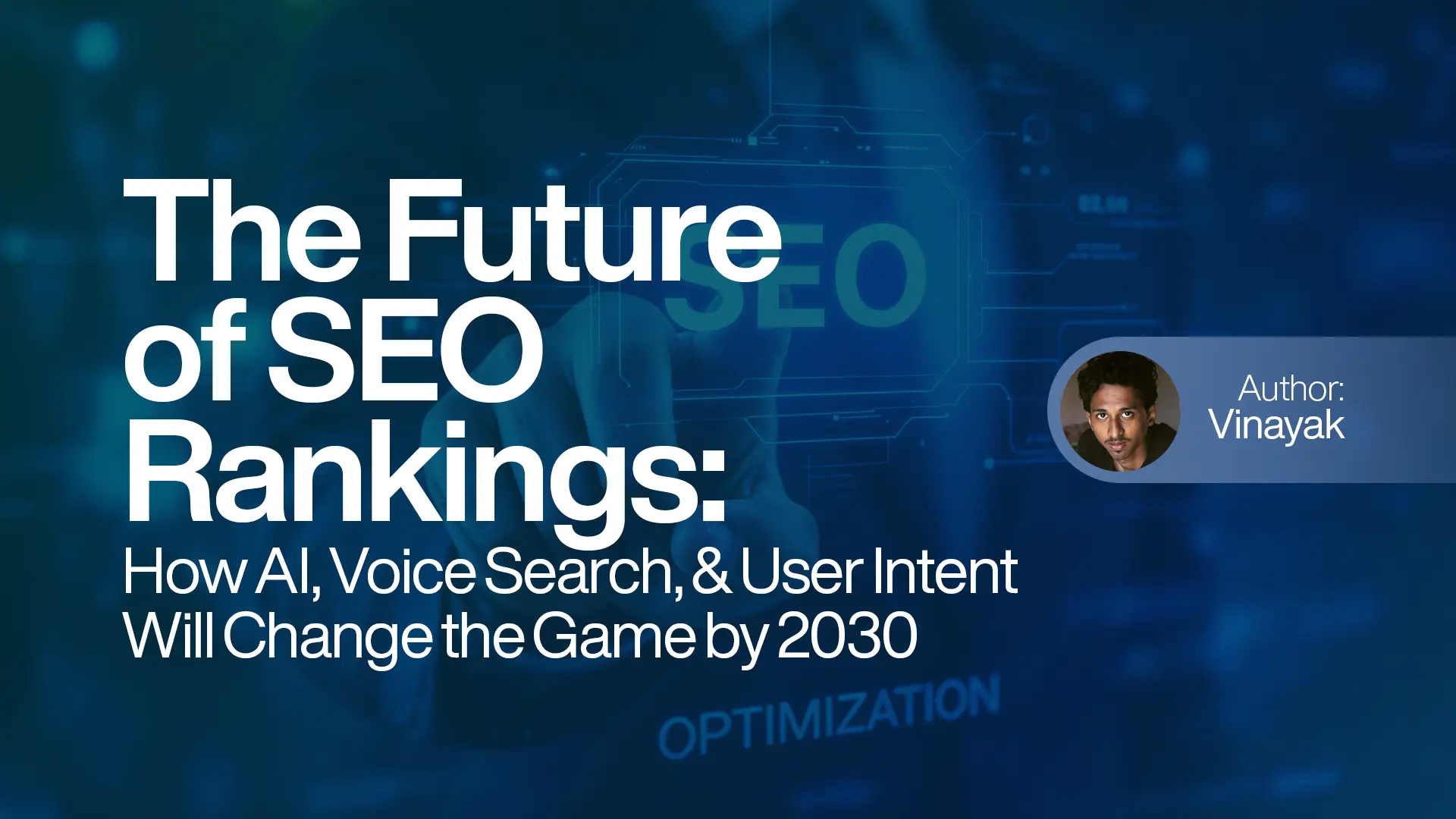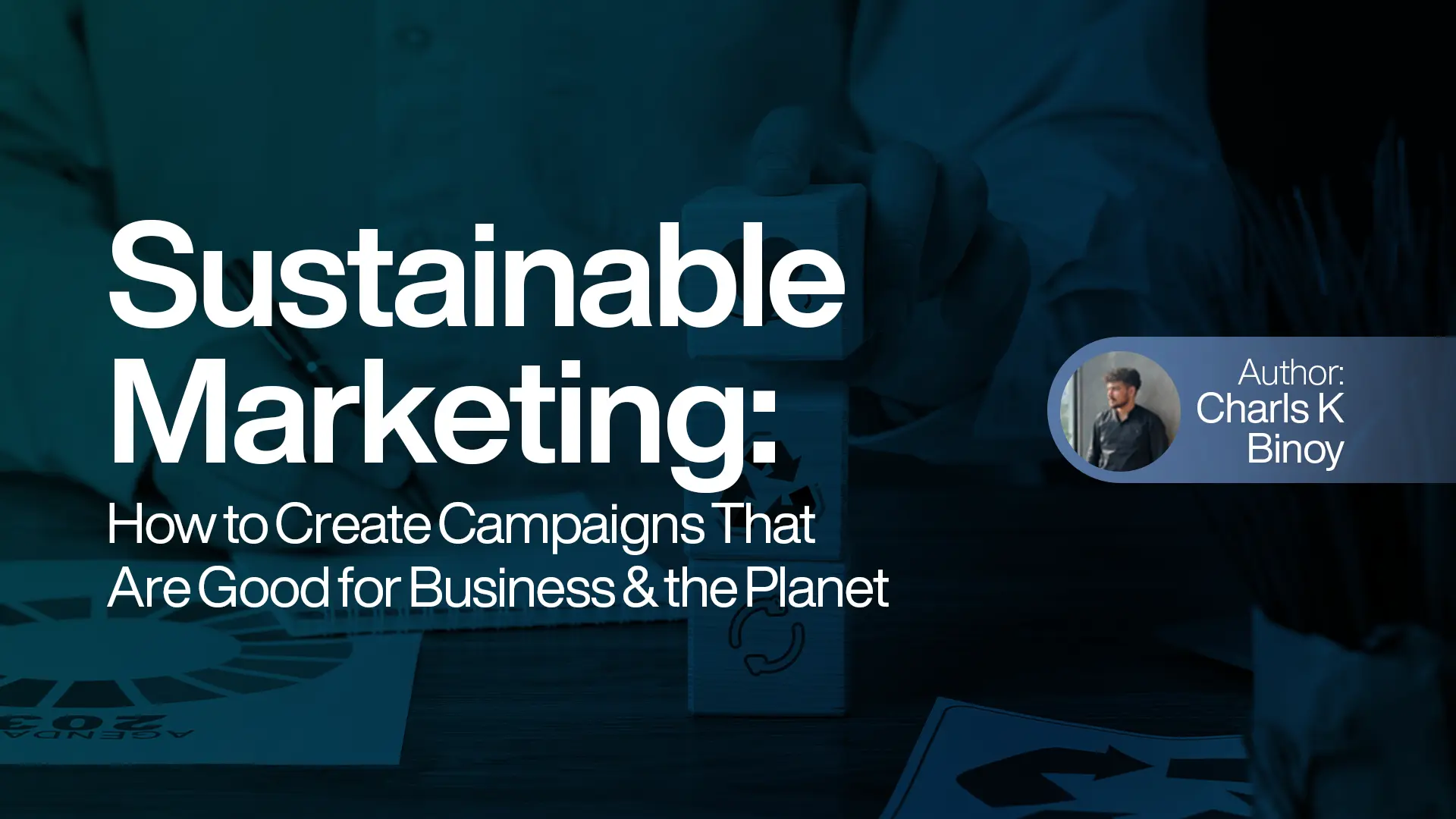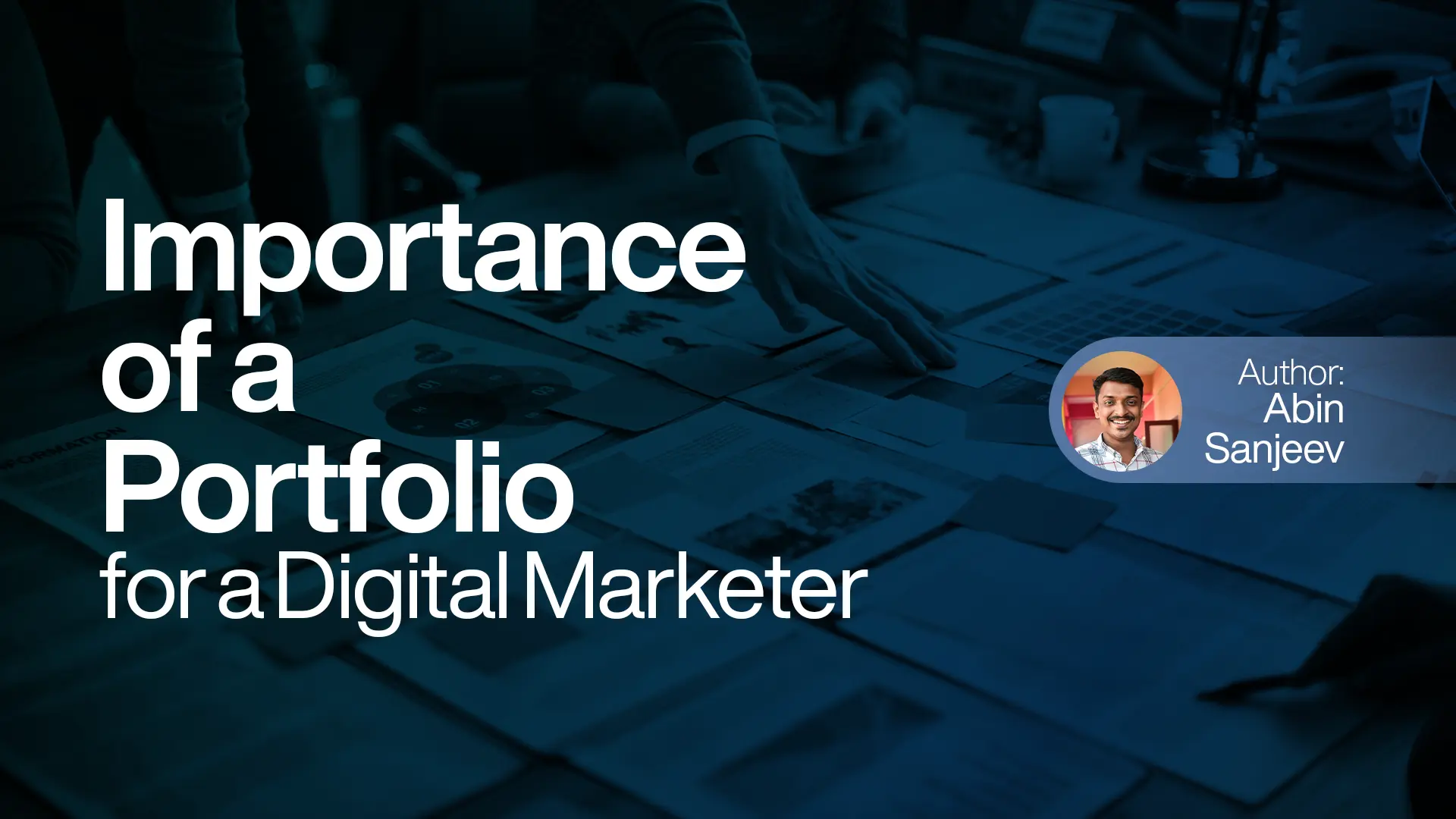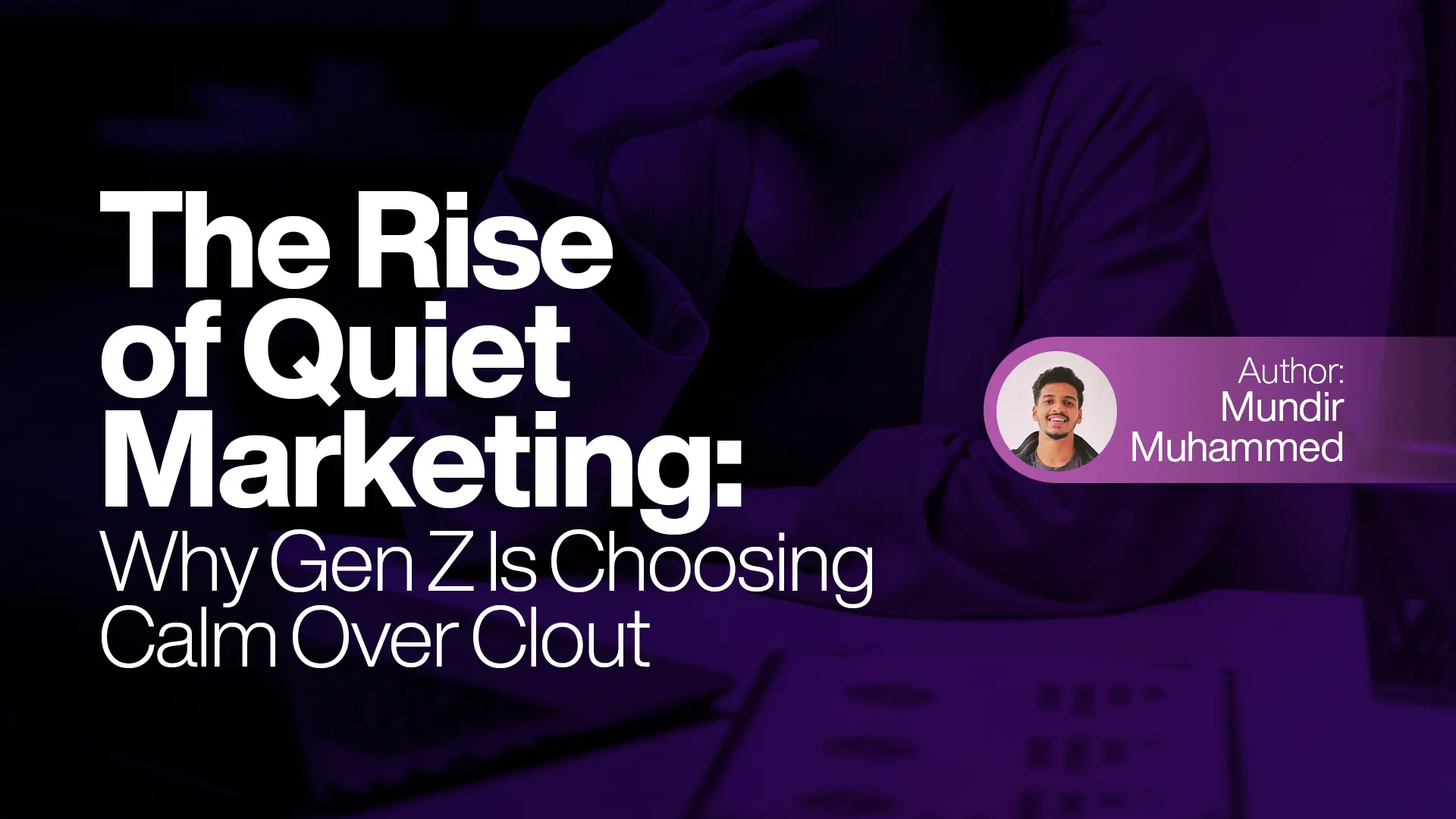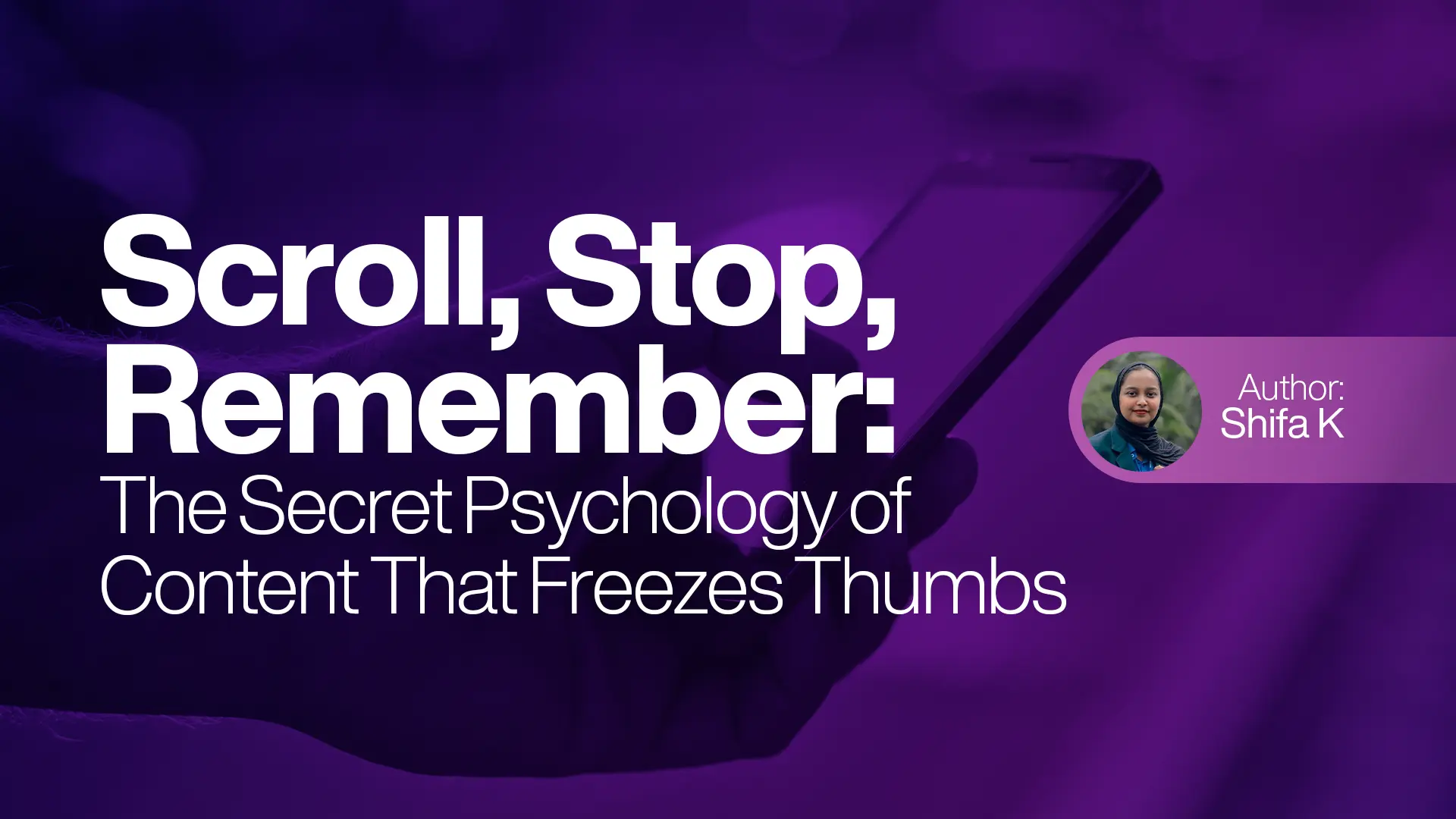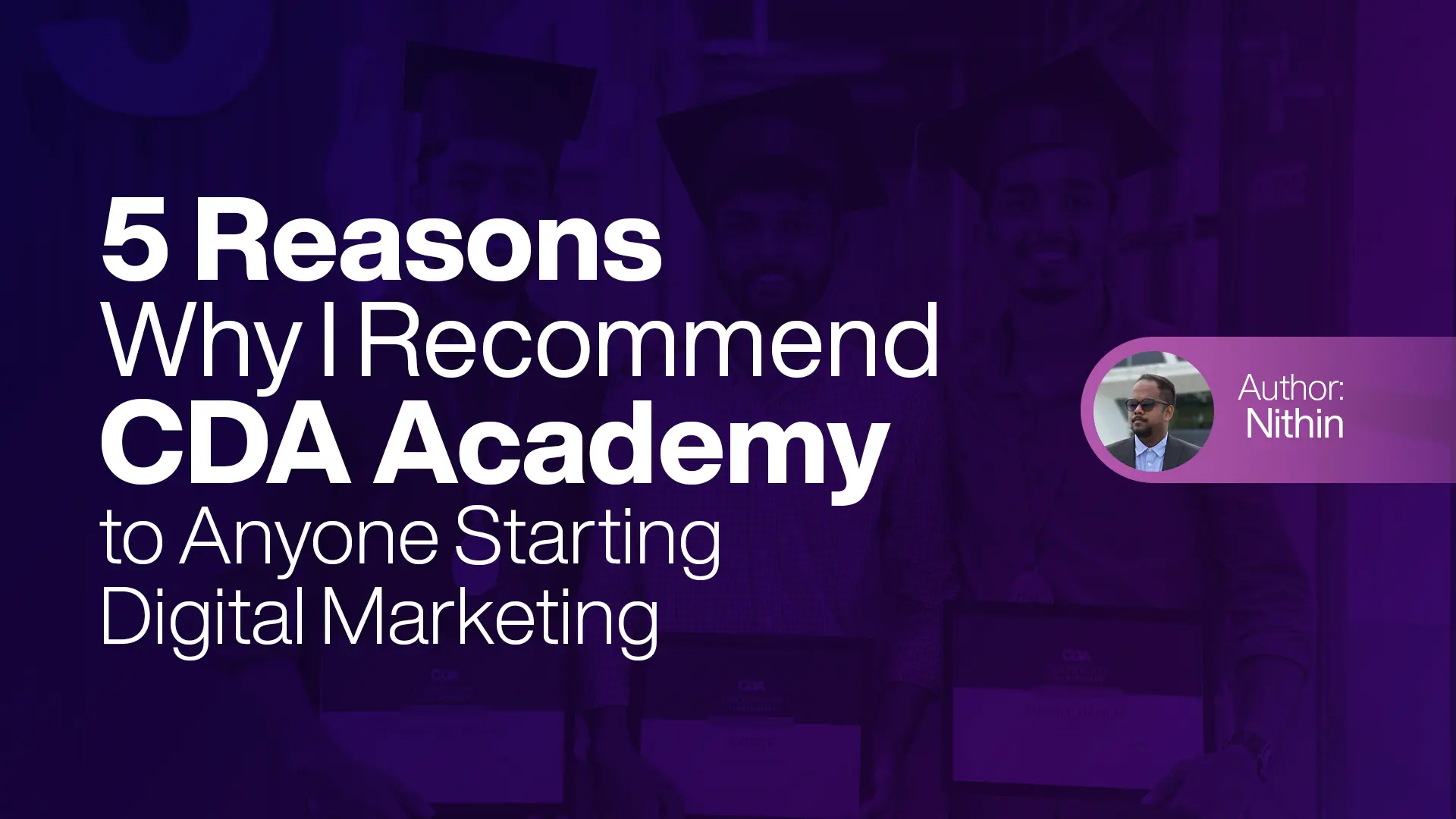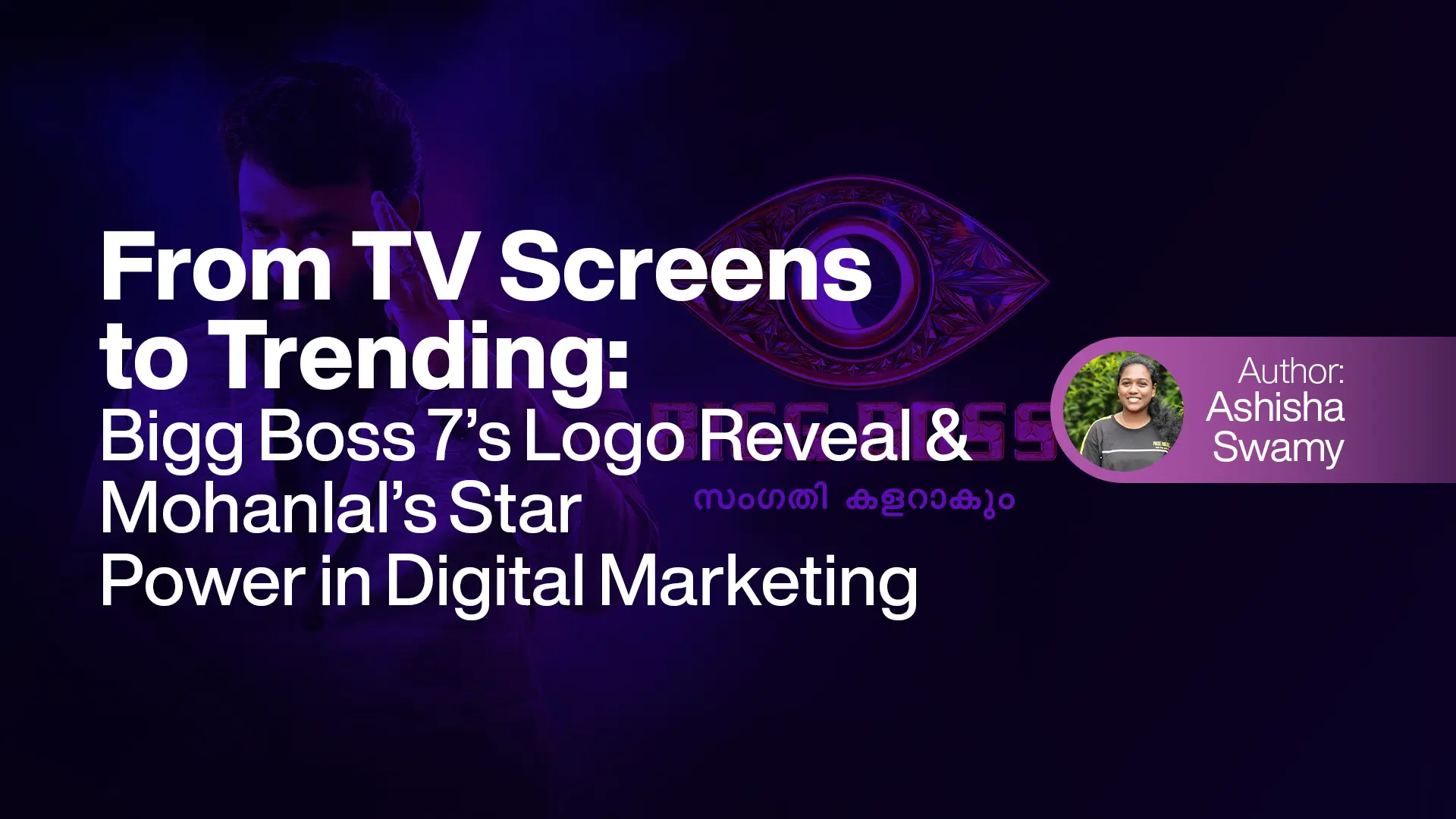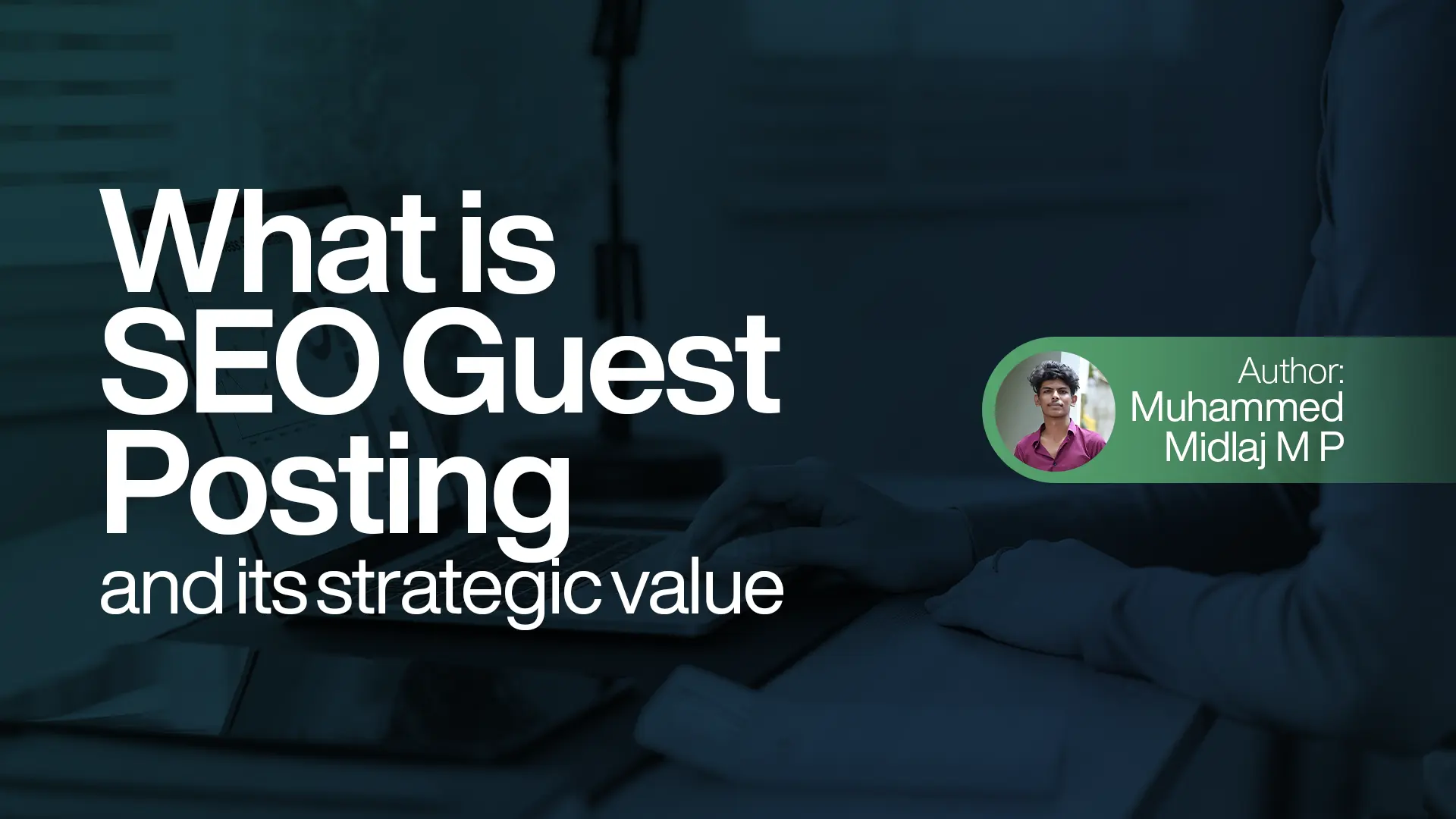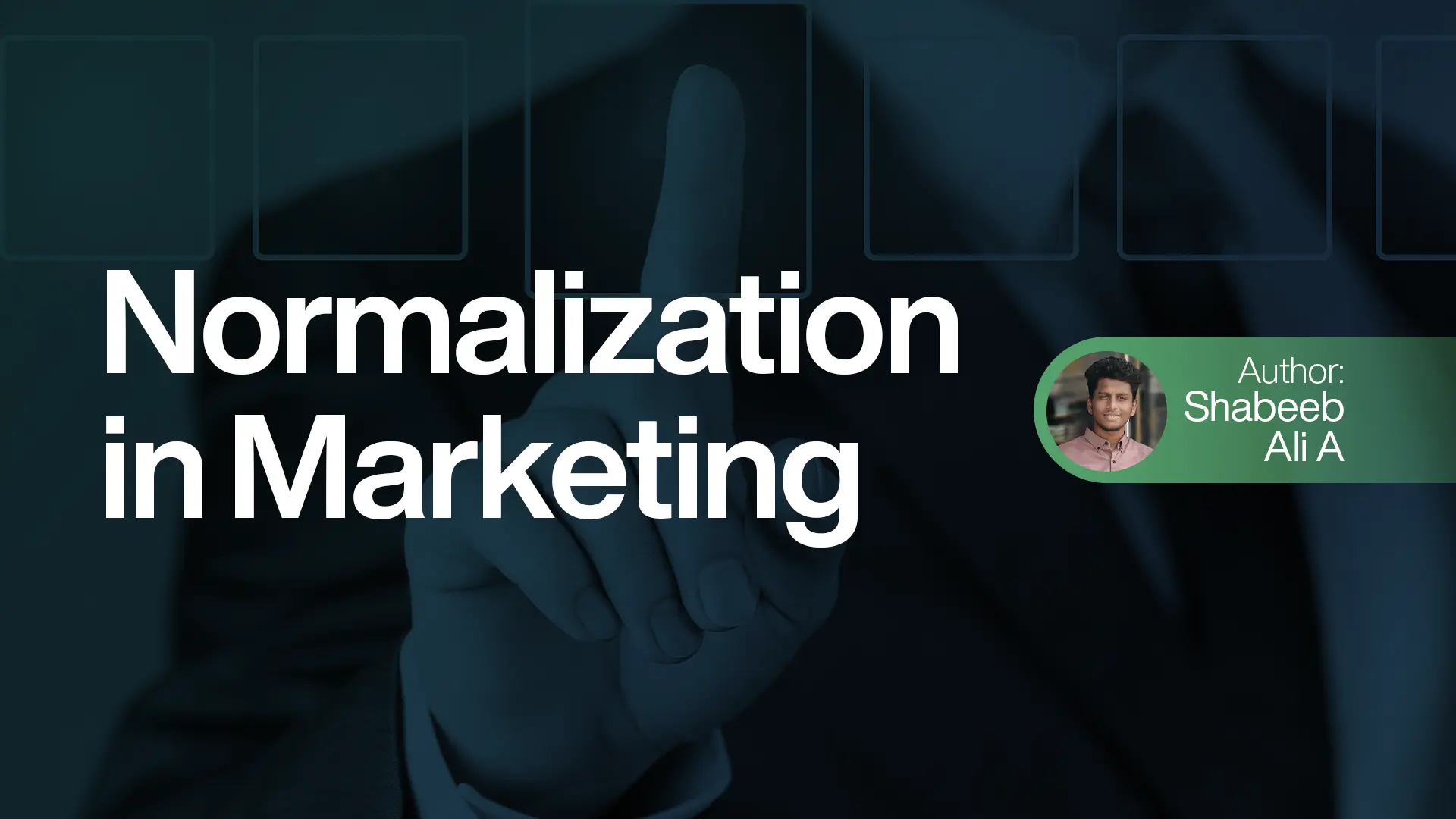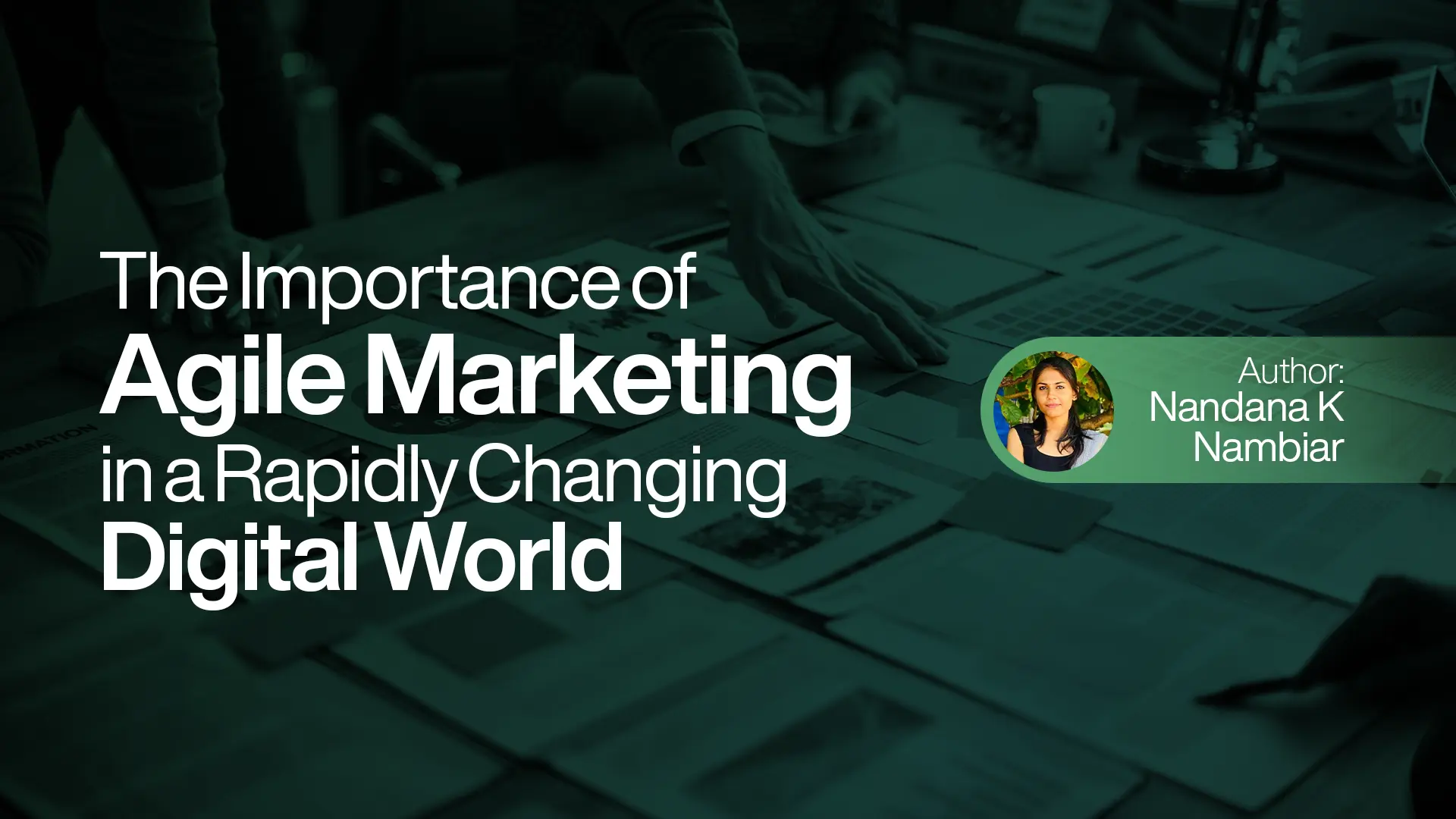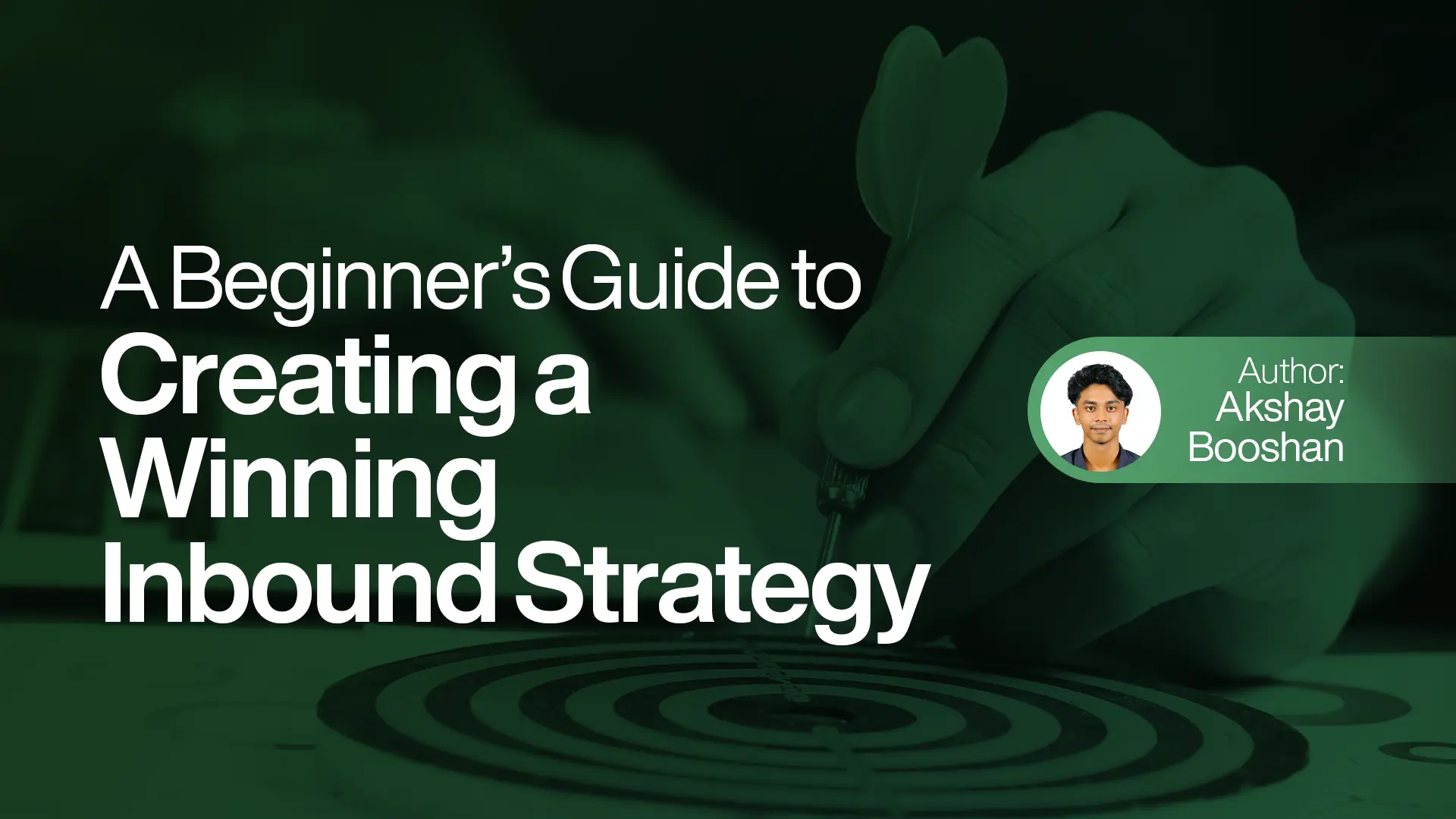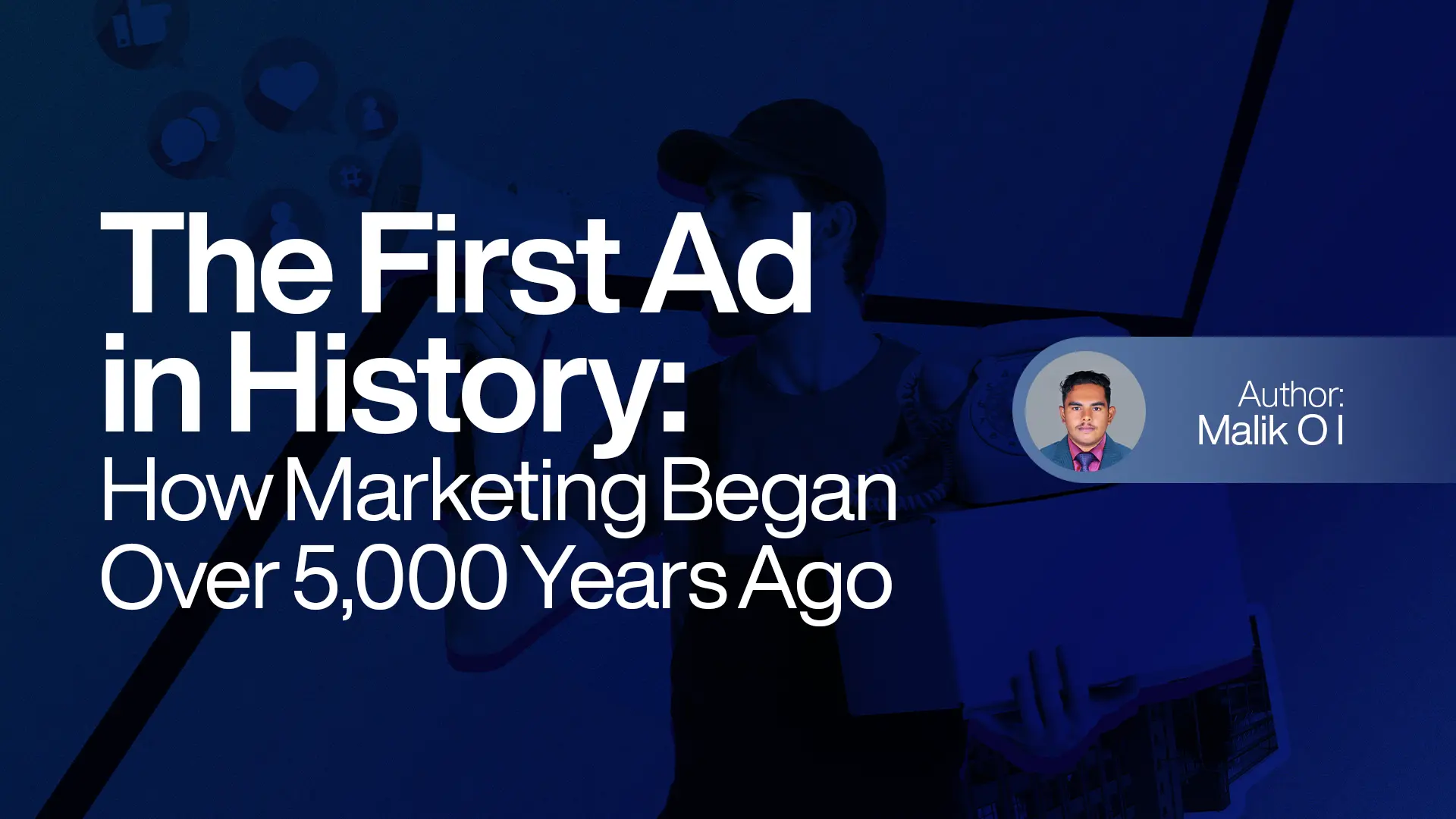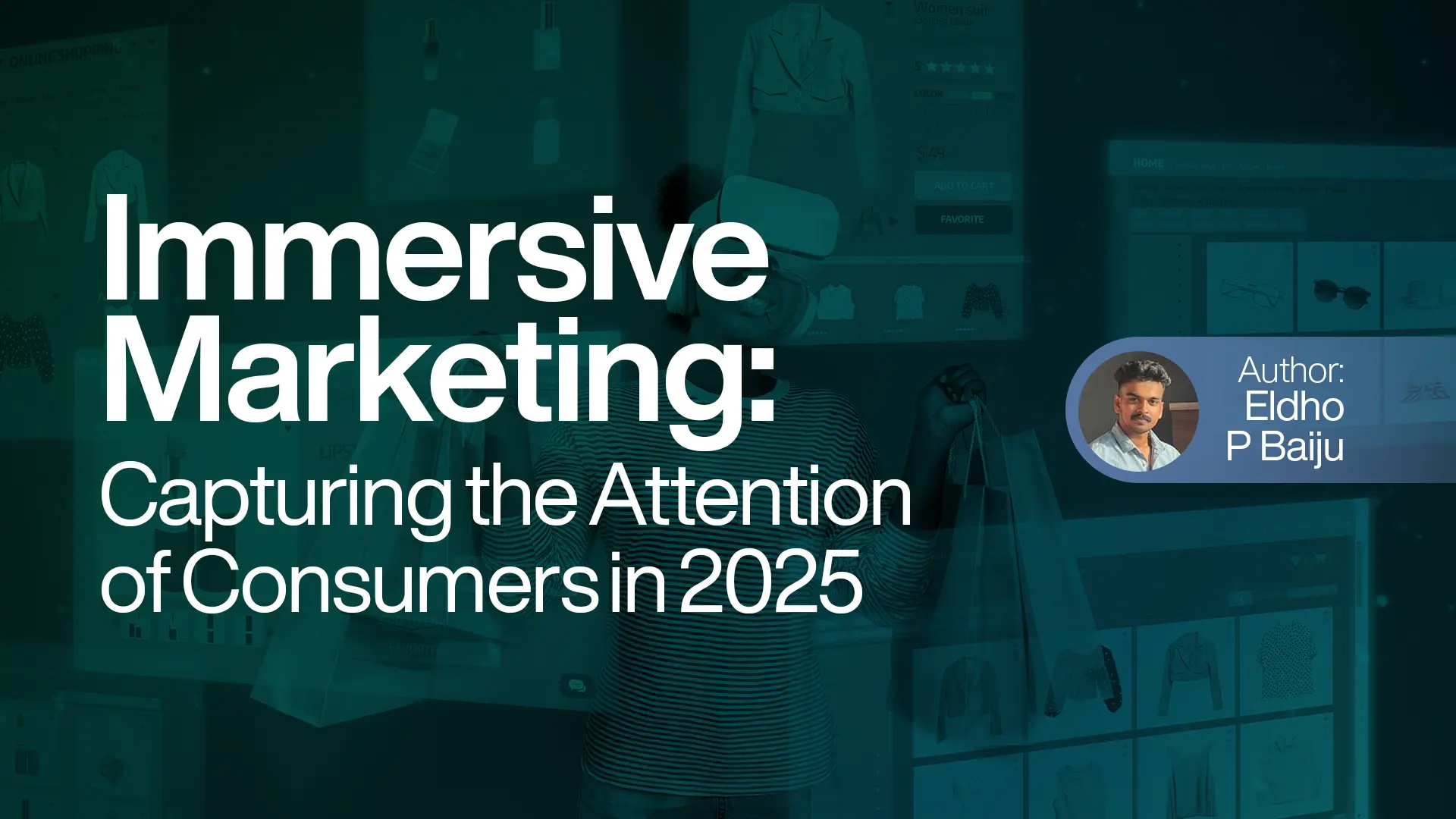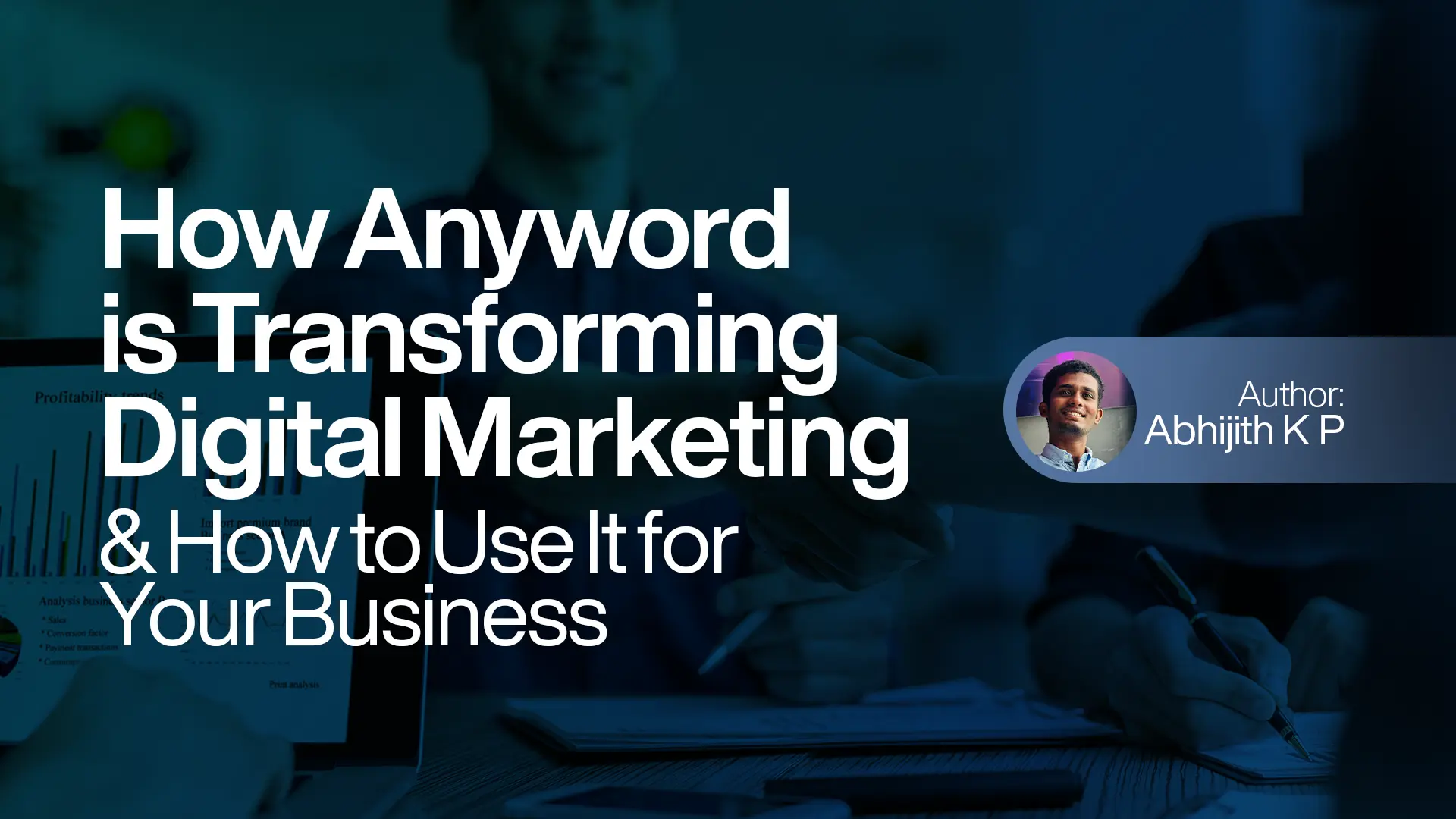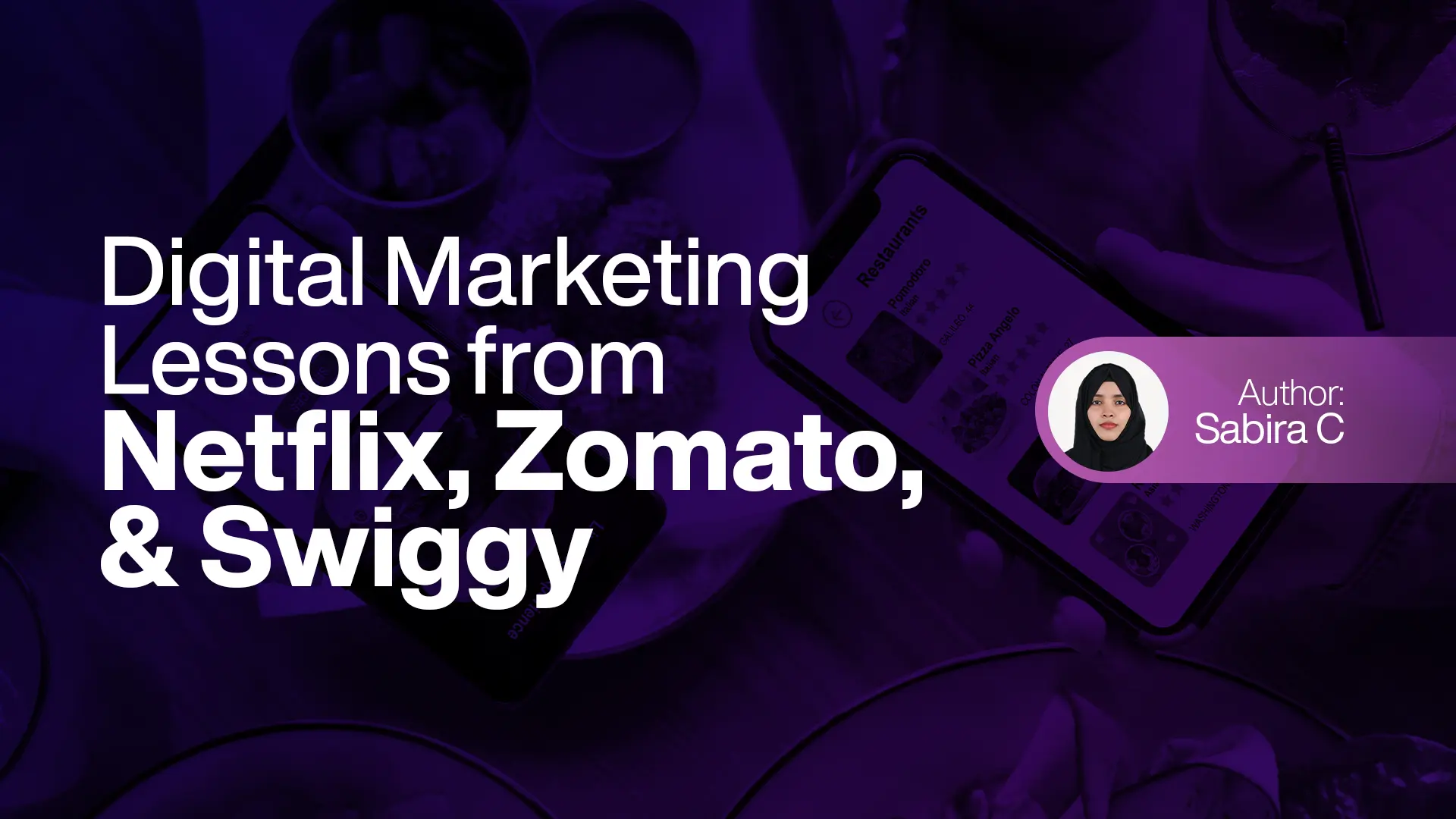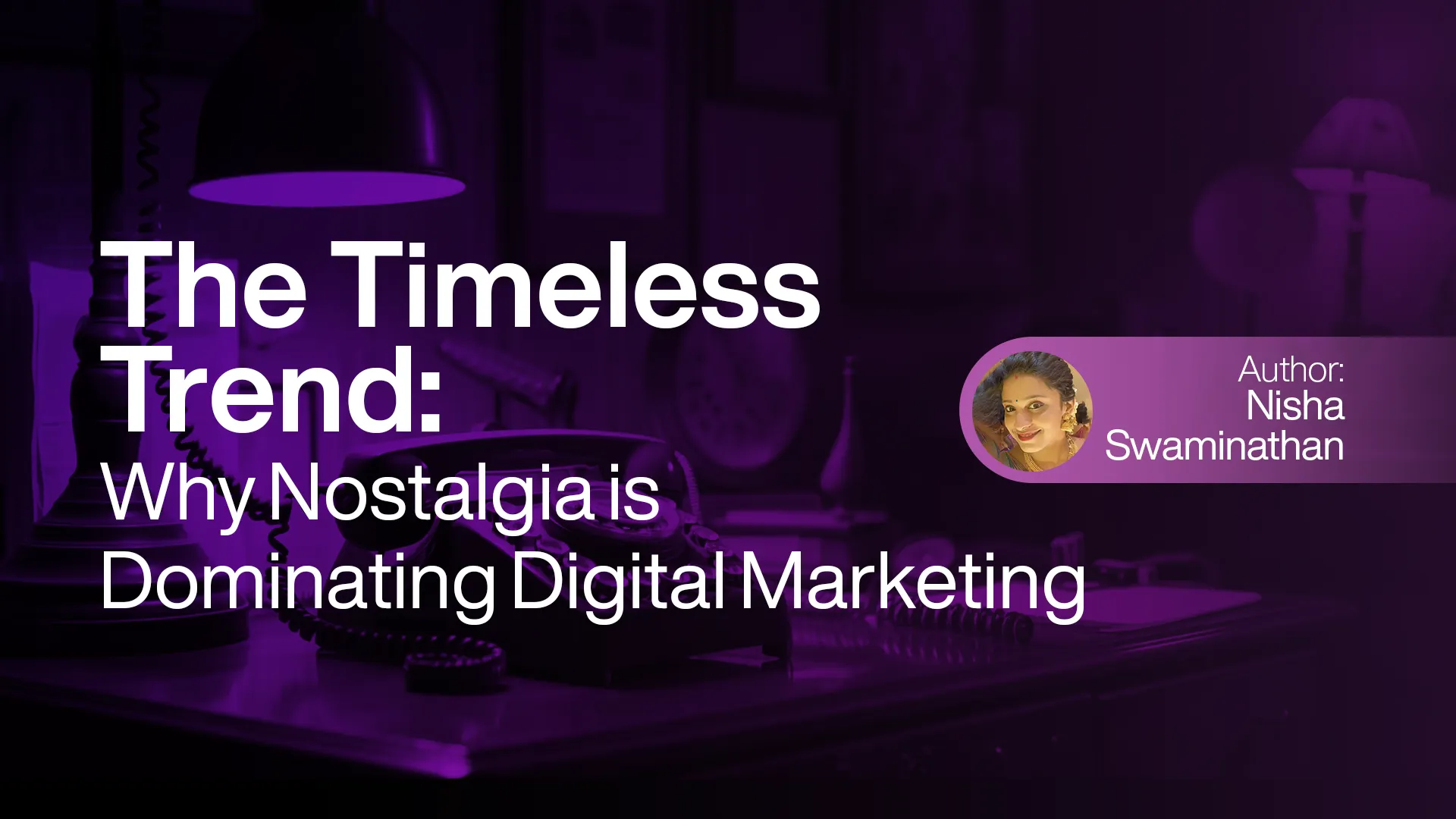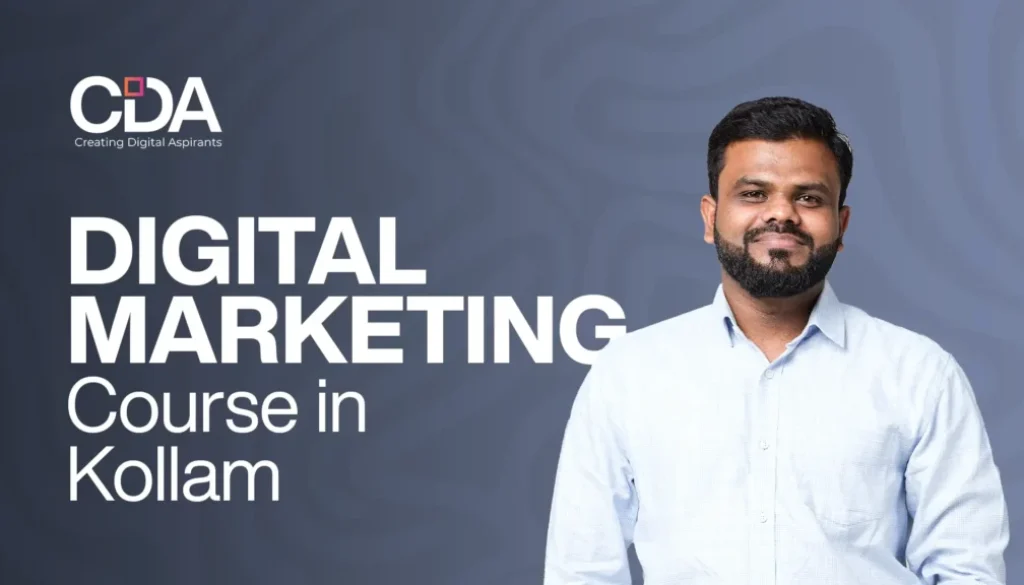With so much information available in the digital age, today's marketers are overwhelmed by a constant stream of data: website analytics, social media insights, email campaign statistics, customer insights, and more. While this mine of information is a wealth for strategic planning, it can be overwhelming. The real challenge is not so much collecting data, but interpreting data and turning it into strategies that resonate with people and propel business results.
Then how do they cut through the clutter, decode complex data, and create campaigns that resonate? Here is a step-by-step guide to transforming data complexity into marketing clarity.
The Data overflow: Opportunity or Overload.
Let's unplug. Today's marketers have more information and tools than before. Every digital touchpoint, no matter if it is a basic visit to a website or an in-depth product review, creates valuable information. However, with this comes the danger of being overwhelmed by data. When confronted with infinite charts, graphs, and spreadsheets, it is easy to feel lost or not know where to start.
The idea is not to fear the data, but to enter it with curiosity and purpose. The marketers who are able to sort through the flood of data and extract meaningful stories are going to be winners in a cacophonous digital age.
1. Start With Purpose: Create Certain Objectives:
Before entering analytics tools or dashboards, you should determine your marketing objectives. You might be looking to create brand awareness, drive more sales, increase customer retention, or launch a new product. Each of these aims requires a different kind of data strategy.
Setting specific goals helps you filter out the noise and concentrate on the data that truly matters. Let us say you desire more web engagement, for example. You can target metrics like average session length, bounce rate, and repeat visits. If you are more interested in conversions, you will be interested in looking into click-through rates, sales funnels, and cart abandonment rates.
By starting with purpose, you avoid the abyss of "analysis paralysis" and always keep your data efforts aligned with your business goals.
2. Collect the Right Data (Not All of It)
It is easy to report on all the metrics you can, but additional data is not always better data. Tracking too much dilutes your focus and makes it harder to identify actionable trends.
For instance, a B2B company focused on lead generation might prioritize form submissions, demo requests, and content downloads. An e-commerce brand, on the other hand, might zero in on product page views, add-to-cart actions, and purchase completions.
3. Humanize the Numbers: Develop Customer Personas:
Raw statistics do not always motivate change in and of themselves. To make your numbers tangible, bring them into customer personas and narratives. Instead of saying that "40% of users visit our site through mobile," tell a story: "Say hello to Priya, who is a working pro on the go who does some shopping on her phone during her daily commute." Now the data is alive and directing your strategy towards a more human focus.
Personas allow teams to step into the shoes of real customers and tailor campaigns to their needs and behaviours. Thus, they bridge the gap between numbers and real impact.
4. Visualize Insights for Clarity:
Highly complex data sets are intimidating, but through the aid of visualization tools like dashboards, heatmaps, and infographics, insight is within reach and actionable.
For example, a heatmap of your website can indicate where areas of your website are getting the most eyeballs, and a funnel chart can determine where customers are dropping off in the purchasing process. Such visualizations not only make your findings more comprehensible but also more shareable with stakeholders and more impactful for making strategic decisions.
5. Leverage Advanced Analytics and AI
Marketers now have access to robust analytics software and artificial intelligence solutions capable of processing vast volumes of data in real-time. Machine learning algorithms can identify hidden patterns, predict future behaviour, and target audiences with incredible precision.
As an example, predictive analytics can allow you to predict the customers who are most likely to convert, and thereby personalize your messaging and offers for the best impact. AI-powered chatbots can analyse customer questions and provide real-time, personalized feedback to improve the overall user experience.
By using these tools, marketers are able to steer clear of reactive decision-making and even take charge of their strategies in advance.
6. Personalize the Customer Journey
With the power of data, marketers can now deliver personalized experiences across all touchpoints. Amazon and Netflix have set the benchmark by using customer data to recommend products and content that appeal to individual tastes.
Even small business organizations can employ personalization through dividing email lists, customizing site content, and using dynamic ads to get to the right audience at the right time. Personalization not only boosts engagement but also leads to loyalty and stimulation of conversions.
7. Blend Data With Creativity
Whereas data gives strategy its groundwork, creativity brings it to life. Apply your knowledge in informing creative choices, including messaging, imagery, and campaign themes, that your consumers relate to.
Suppose your analytics indicate that your customers enjoy humour; by incorporating a bit of humour in your campaigns, go ahead. If you see a trend of engagement in videos, try short, meaningful videos that communicate your brand story.
The best marketing occurs when analytical minds and imaginative concepts unite. This partnership is what makes insights powerful, memorable campaigns.
8. Develop a Culture of Experimentation
The digital landscape is constantly shifting, and the effective strategy of today will no longer be effective tomorrow. Adopt a test-and-learn approach, using data to drive hypotheses and experiments. For example, it will enable you to test two different versions of a campaign and see which one performs better.
By regularly measuring, learning, and optimizing, you can fine-tune your approaches and remain ahead of the curve. Every experiment brings a lesson, win or lose, it moves you closer to better results."
Would you like a version tailored for a case study, blog post, or presentation?
9. Share Insights Across Teams
Data must never be siloed. Share your insights with departments, sales, product, and customer service so everyone is on the same page and headed toward shared objectives. Regular reporting and group settings eliminate roadblocks, transform data into a company asset, and promote success across the board.
Giving everyone access to insights helps teams work together seamlessly and develop aligned, data-focused strategies.
10. Measure, Iterate, and Celebrate Success
Finally, track the results of your strategies and pat yourself on the back for the little ones and the large ones. Use data to figure out what's working, what's not, and where there's room for improvement. This ongoing feedback loop not only causes better outcomes but also builds an atmosphere of continuous improvement within your organization.
Celebrate victories, learn from failure, and be ready to adapt your strategy.
The Art and Science of Data-Driven Strategy
Translating intricate data into a compelling marketing strategy is not about the accumulation of the most facts; it's about accumulating the correct facts and knowing how to deploy them. Through having clear goals, staying focused on relevant data, putting conclusions into human language, using technology, and applying creativity, marketers can turn complexity in data into simplicity and create meaningful outcomes.
What makes marketing truly powerful is the blend of data-driven insight and imaginative thinking. When marketers have achieved balance, they don't merely play catch-up with the digital age; they help create it.
Data holds great power, but only when it's guided by a solid strategy. If marketers come to data with curiosity, empathy, and imagination, they can take even the most esoteric data and transform it into strategies that resonate with people and build business.
Tomorrow’s marketers will be the ones who see beyond data, finding the human stories, creative sparks, and untapped potential hidden within. With the right state of mind, subtle data is not an obstacle, but a means to greater, more fascinating, and more effective marketing.
Author Info
Fathima Nashath, a Freelance digital marketer in Dubai.
Learner of CDA Digital Marketing Training Institute in Calicut.

